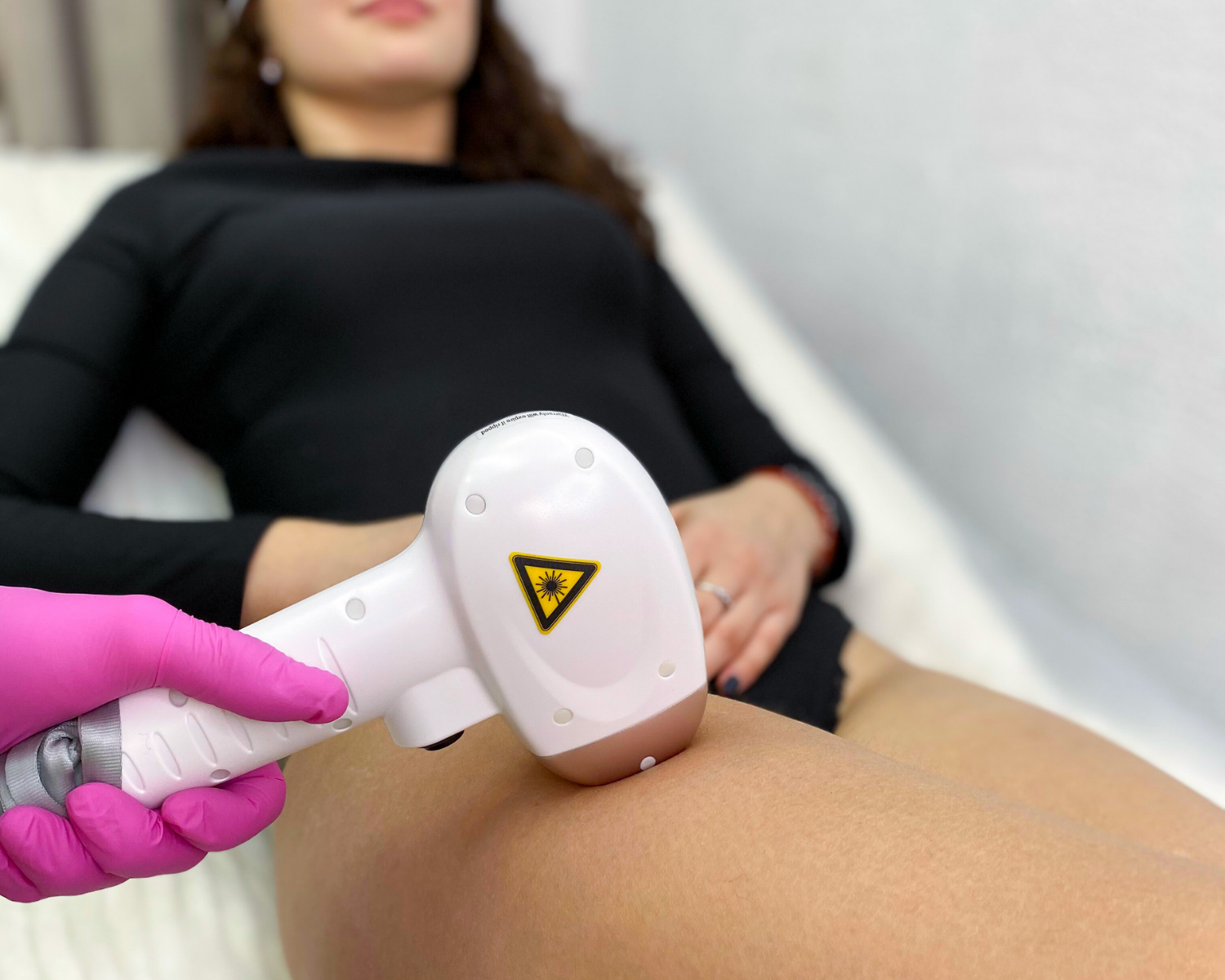Laser Therapy: A Cutting-Edge Approach to Modern Medicine
Laser Therapy: A Cutting-Edge Approach to Modern Medicine
Blog Article

Laser therapy, also known as photobiomodulation (PBM) or low-level laser therapy (LLLT), represents a significant advancement in modern medicine. Unlike the high-powered lasers used in surgery to cut or ablate tissue, therapeutic lasers utilize specific wavelengths of light at low power to stimulate biological processes and promote healing. This non-invasive approach offers a wide range of applications, from pain management and wound healing to tissue regeneration and neurological support. This article explores the science behind laser therapy, its diverse applications, and why it's considered a cutting-edge approach to modern medicine.
The core principle of laser therapy lies in the interaction between light photons and chromophores, which are light-absorbing molecules within cells. These chromophores, such as cytochrome c oxidase in mitochondria, absorb the light energy, triggering a photochemical reaction. This reaction initiates a cascade of cellular responses, ultimately leading to therapeutic benefits. It's similar to photosynthesis in plants, where light energy is converted into chemical energy.
One of the most significant effects of laser therapy is the enhancement of mitochondrial function. Mitochondria are the powerhouses of cells, responsible for producing ATP, the cellular energy currency. Laser therapy stimulates mitochondrial activity, leading to increased ATP production. This boost in cellular energy fuels various cellular processes, including tissue repair, regeneration, and inflammation reduction.
Beyond ATP production, laser therapy also influences other crucial cellular processes. It promotes increased blood flow to the treated area, delivering essential nutrients and oxygen while removing waste products. This improved microcirculation supports tissue healing and reduces pain. Furthermore, laser therapy modulates inflammation by reducing the production of pro-inflammatory cytokines and increasing the production of anti-inflammatory cytokines. This 1 balanced inflammatory response is crucial for effective healing and pain management. Laser therapy also stimulates the release of growth factors, which play a vital role in tissue repair and regeneration. These growth factors promote cell proliferation, differentiation, and angiogenesis (the formation of new blood vessels).
The therapeutic applications of laser therapy are vast and continually expanding. Some key areas where laser therapy has shown promise include:
Pain Management: Laser therapy effectively reduces pain associated with various conditions, including arthritis, back pain, neck pain, and neuropathic pain. It achieves this by reducing inflammation, improving blood flow, and stimulating the release of endorphins.
Wound Healing: Laser therapy accelerates wound closure, reduces scar formation, and improves the overall healing process. It is particularly beneficial for chronic wounds, such as diabetic ulcers.
Musculoskeletal Disorders: Laser therapy is used to treat muscle strains, sprains, tendonitis, and other musculoskeletal injuries. It promotes tissue repair, reduces inflammation, and alleviates pain.
Neurological Conditions: Emerging research suggests that laser therapy may have a role in treating neurodegenerative diseases, stroke, and traumatic brain injury. It is believed to improve neuronal function and protect against cell death.
Skin Conditions: Laser therapy is used to treat acne, psoriasis, eczema, and other skin conditions. It can reduce inflammation, promote collagen production, and improve skin texture.
Tissue Regeneration: Laser therapy has shown promise in promoting the regeneration of various tissues, including bone, cartilage, and nerves. This has implications for treating conditions like osteoarthritis and nerve injuries.
The non-invasive nature of laser therapy is a major advantage. Treatments are typically painless and involve simply exposing the affected area to the light source. There are minimal risks associated with laser therapy when used appropriately, making it a safe and well-tolerated therapy.
While laser therapy holds immense potential, it is important to note that research is ongoing to fully understand its mechanisms and optimize treatment protocols. The specific wavelengths, dosage, and treatment duration can vary depending on the condition being treated. It is crucial to seek treatment from a qualified healthcare professional experienced in laser therapy to ensure safe and effective outcomes.
Laser therapy represents a paradigm shift in therapeutic approaches, harnessing the power of light to stimulate the body's natural healing processes. As research continues to advance, laser therapy is poised to play an increasingly important role in modern medicine, offering a non-invasive and effective treatment option for a wide range of conditions. Its ability to promote healing, reduce pain, and improve function makes it a promising frontier in the quest for better healthcare solutions. The continued exploration of PBM and its applications promises to further solidify laser therapy's position as a cutting-edge approach to modern medicine.